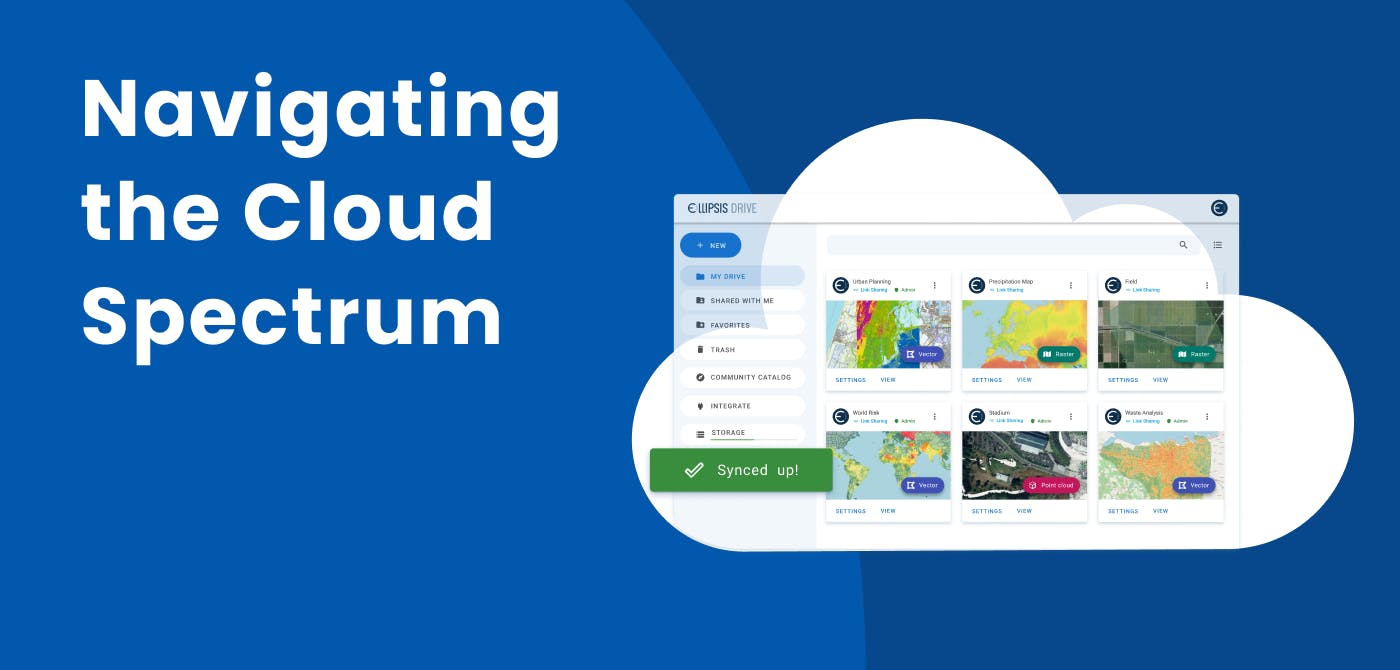GIS
4 Ways Civil Engineering Firms Can Benefit from GIS

GIS has offered new ways for engineers to serve communities in the immediate area and around the world. With the ability to pair data with geographic maps, engineers can make more accurate and sound decisions to ensure their plans fit well. Everything from understanding the traffic in the city to knowing the population density at any given time, this kind of versatility makes GIS a must-have in any small and large-scale planning, turning what was a static 2D map of an area into a dynamic 3D view of the scene.
That being said, GIS and CAD, both of which are two different types of technology, have recently been found to work well together. Civil engineers have found that pairing GIS and CAD together has offered them new ways to collect data, allowing for even better decisions to be made.
Today, we want to talk about GIS and how civil engineers can significantly benefit from it:
Contents
1. Improved Planning and Designing
With the help of GIS, the planning and designing phases of the project will become much better. Thanks to geographic data, the planning process gets to enjoy more data to help civil engineers attain better spatial analysis and visualization. This results in better plans and designs made that meet and exceed expectations.
2. Identification of Optimal Locations
One of the big benefits of GIS is the fact that it can transform extensive data into detailed 3D maps of different locations. This allows data from sources like satellites to be mapped, helping civil engineers much better understand the location they're going to work on. As a result, this allows them to figure out which locations are more optimal to work on than others for projects now and even in the future without even having to arrive on the scene to survey the area.
3. Diversified Use of Data
GIS has multiple uses in different sectors, and even in a specific sector such as civil engineering, it can be used in various ways. When set up properly, the data that results from GIS can be used and reused for different purposes. For example, what was first used to render maps can also be used to figure out a location through a physical address. Such versatility makes GIS incredibly useful in multiple scenarios, making it an invaluable tool to have.
4. Resulting Works Are More Useful
While GIS alone already helps its users create better work, combining it with other tools such as CAD can result in work that meets expectations and goes way far beyond it. For instance, a firm can produce both a physical asset of a building that meets needs, but also the digital assets to be paired with it. This makes activities like maintenance a breeze simply because the products produced by GIS and CAD together are far richer and more useful.
Implementing GIS for Civil Engineering
GIS has already been combined with many technologies in different industries to create better products, and the same can be said when it comes to civil engineering. Regardless, GIS is a sensible addition to civil engineering efforts, and for firms that have yet to experiment with GIS, now is the time to do so. Combining the tools can offer better work results, especially in a world where construction becomes all the more demanding as the days go by. Not only will it help civil engineers come up with better buildings and more, but it provides more billable opportunities to grow their firm.
Ellipsis Drive offers a platform for everyone to share, collaborate, and sell geospatial content. If you are looking for cloud GIS software to make working with geospatial data easy, reach out to us today!
Liked what you read?

Subscribe to our monthly newsletter to receive the latest blogs, news and updates.
Take the Ellipsis Drive tour
in less than 2 minutes'
- A step-by-step guide on how to activate your geospatial data
- Become familiar with our user-friendly interface & design
- View your data integration options

Related Articles

Navigating the Cloud Spectrum: From Generalist to Specialized, and the Perfect Middle Ground
The modern cloud ecosystem spans a wide spectrum of offerings, from general-purpose infrastructure to highly specialized platforms built for domain-specific tasks. At one end, generalist clouds provi
5 min read

Unlocking the Potential of Data: Comparing Tabular and Non-Tabular Protocols
The world of data is a complex landscape and each year, the complexity of that landscape grows exponentially. A combination of new data capturing technology, data processing technology and demands fo
6 min read

Understanding the importance of GIS in Urban Planning
Cities are robust places filled with life, but before it becomes a cosmopolitan paradise, plenty of ever-evolving complexities are happening behind the scenes to bridge the gaps and create an area spa
3 min read